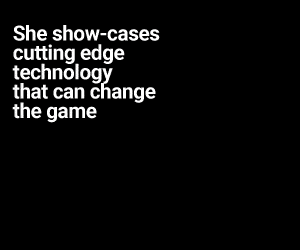The 100 W LED ballast gives 3 light levels, works with input voltages, uses fewer parts, and runs with a two-part design.

RDK-801 is a 100 W reference design from Power Integrations for an LED ballast with 3-way dimming. It delivers constant current for LED strings operating between 36 V and 48 V, supporting output currents from 0 mA up to 2080 mA. It accepts a wide input voltage range from 100 VAC to 277 VAC, making it suitable for global applications.
The ballast uses a two-stage power supply architecture. The first stage is a power factor correction (PFC) boost converter based on the PFS7626C from the HiperPFS-4 family. This highly integrated device combines a continuous conduction mode (CCM) PFC controller, gate driver, and a 600 V power MOSFET into a single InSOP-24D package. It eliminates the need for external current sense resistors and adjusts switching frequency dynamically based on input voltage, output load, and line cycle conditions.
The second stage is an isolated flyback DC-DC converter using the LYT6079C from the LYTSwitch-6 family. This device integrates the primary-side switch, control circuitry, and secondary-side synchronous rectification. It also uses FluxLink technology to transmit signals across the isolation barrier without the need for an optocoupler, improving system reliability and reducing component count.
The input stage features a fuse for overcurrent protection, a varistor for surge protection, and an NTC thermistor to limit inrush current. EMI filtering and full-bridge rectification help maintain low THD and high power factor.
The use of integrated devices significantly reduces component count. There’s no need for external current sense resistors, optocouplers, or separate gate drivers. This leads to a smaller PCB footprint and a more reliable design.
The PFC stage maintains high efficiency across a wide load range, including light-load conditions, by adjusting the switching frequency. The system meets regulatory requirements for power factor and THD without additional correction circuits.
Built-in safety features in the ICs—such as over-voltage, over-current, and thermal protection—simplify compliance and improve fault tolerance.
For manufacturers, the simplified design lowers assembly cost, shortens development time, and increases product reliability. Energy efficiency ensures compliance with global regulations and reduces thermal stress, improving long-term performance.
For end users, 3-way dimming offers flexible lighting control without requiring separate dimmer circuits. High efficiency reduces energy consumption, cuts operating costs, and extends the life of the LED fixture.
Power Integrations has tested this reference design. It comes with a bill of materials (BOM), schematics, assembly drawing, printed circuit board (PCB) layout, and more. The company’s website has additional data about the reference design. To read more about this reference design, click here.










